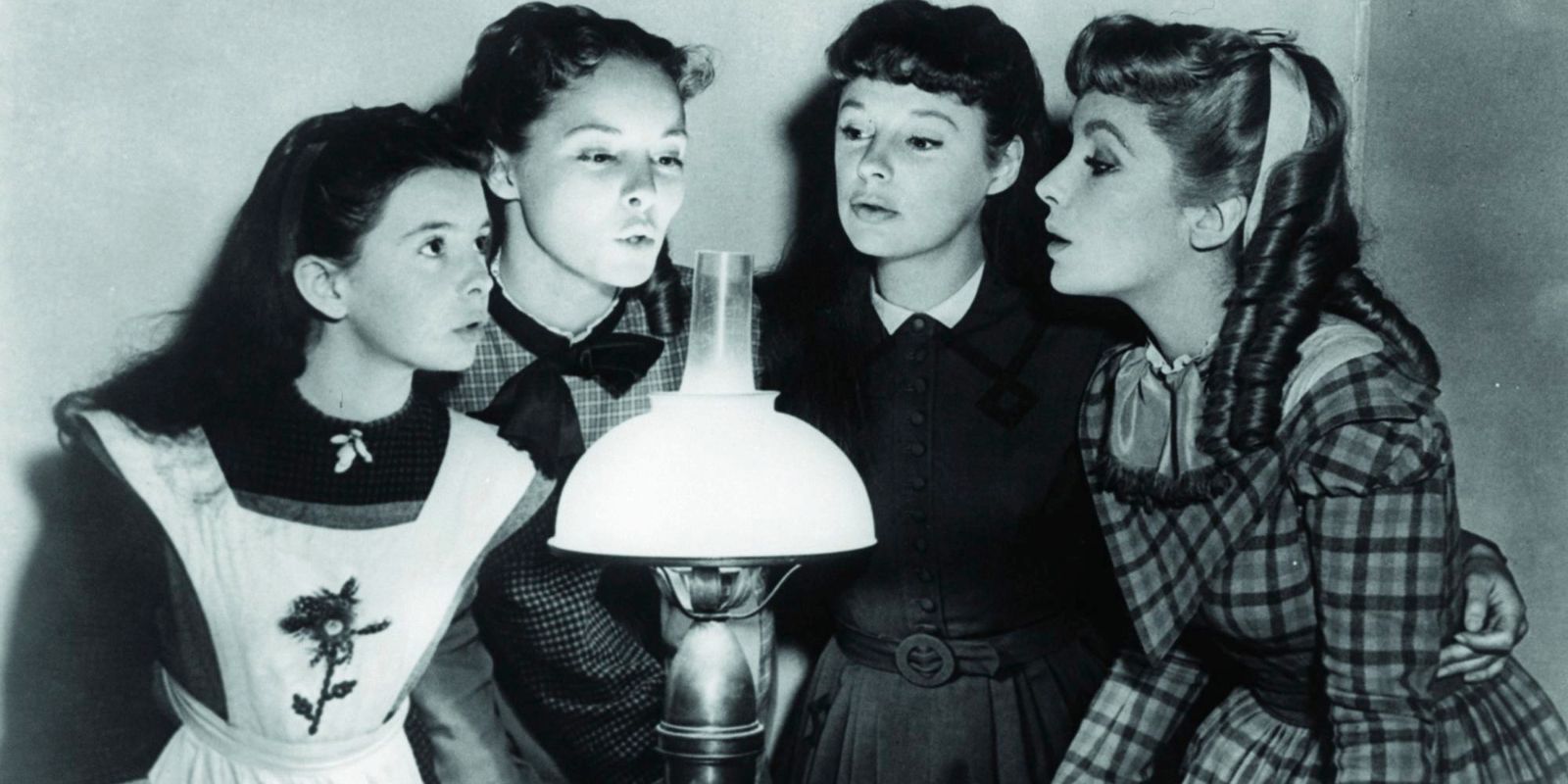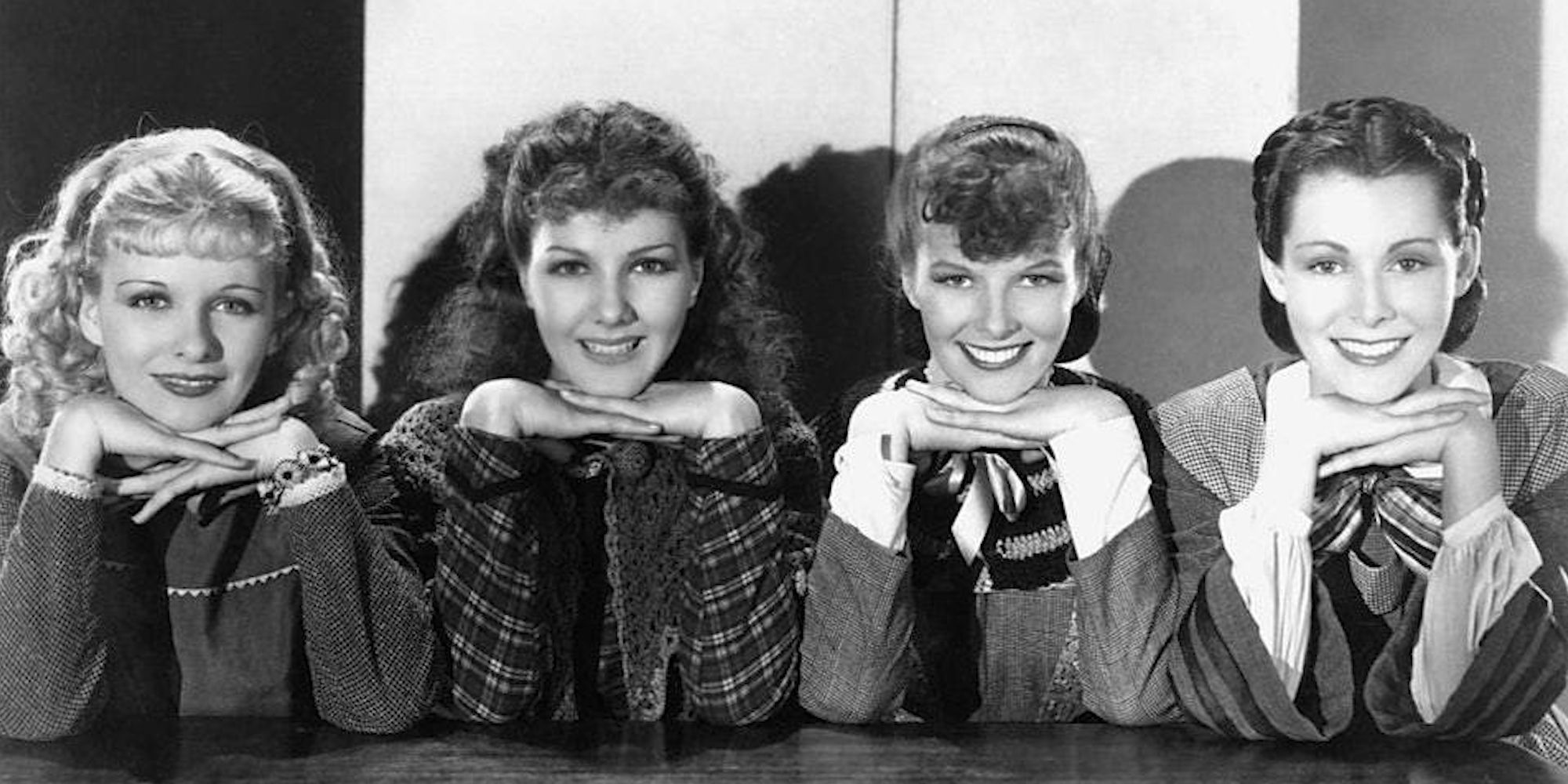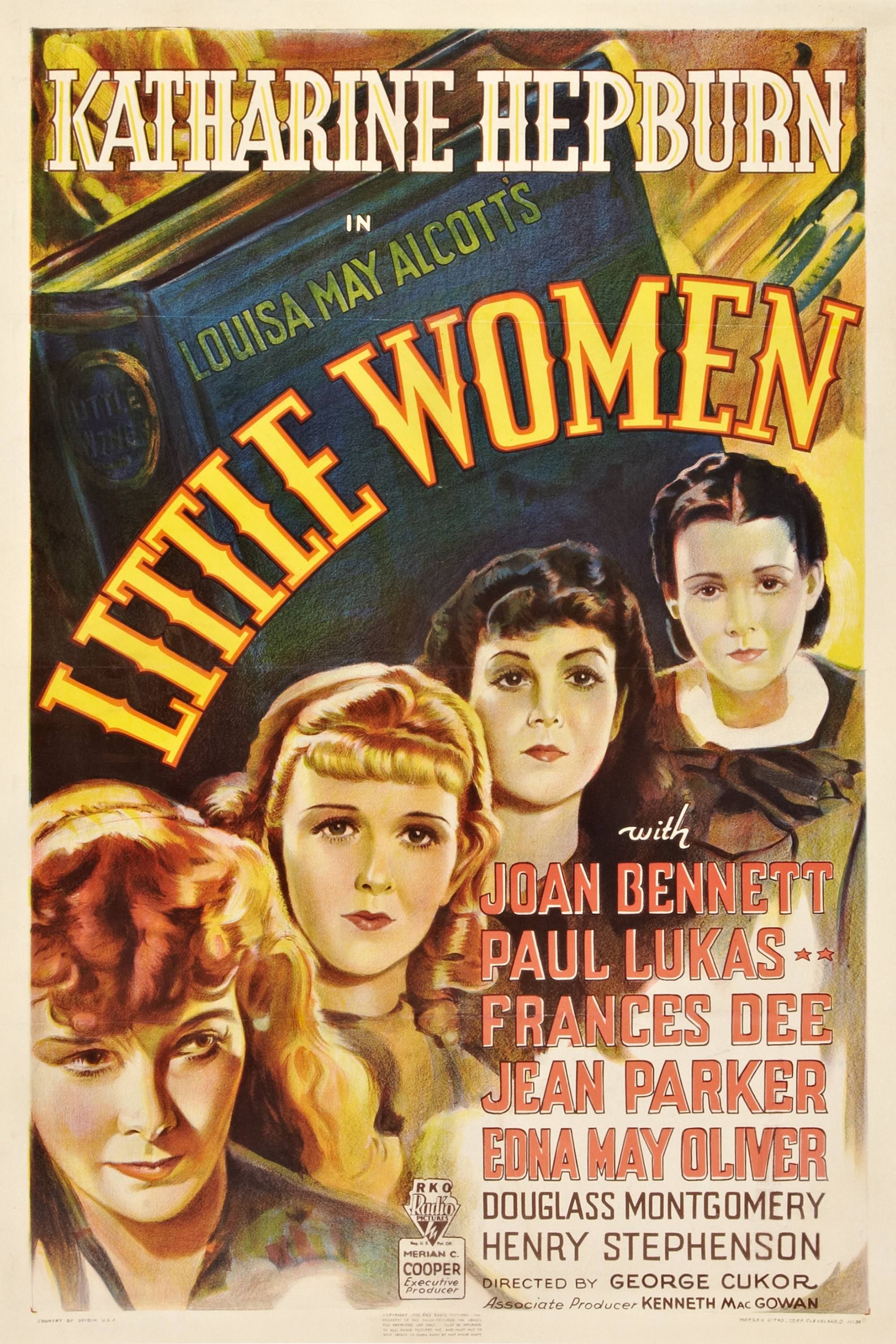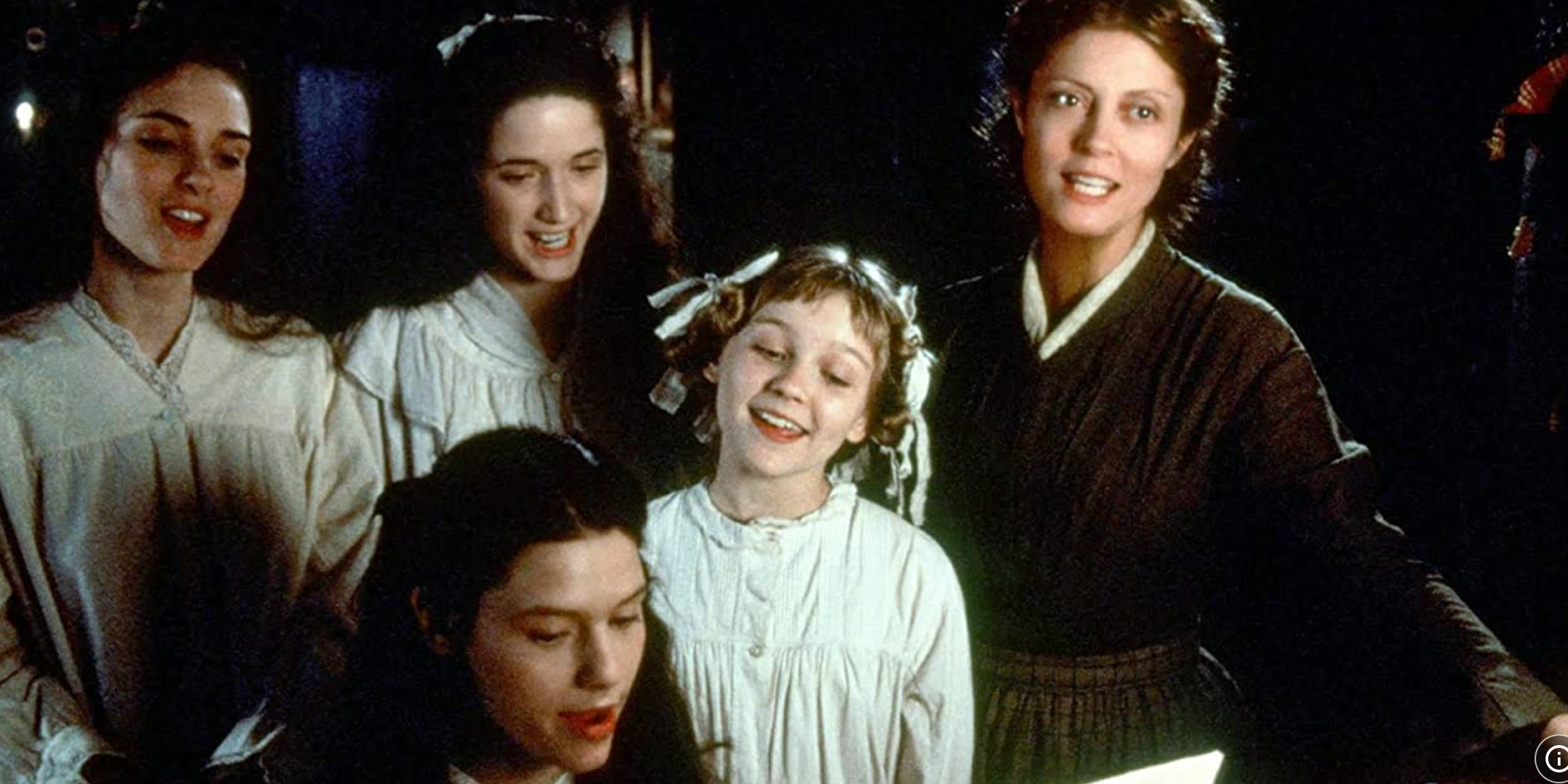The book was an instant success with critics and audiences.
The earliest surviving version ofLittle WomenisGeorge Cukor’s 1933 effort starring three-time Oscar winnerKatharine Hepburn.
Subsequently, three other adaptations followed in 1949, 1994, and 2019.

Image via Jefferson Chacon
1949’sLittle Womencan’t really stand on its own.
However, George Cukor’s version ofLittle Womenplayed as big a part in her success.
The film
Depression-era audiences embraced this version ofLittle Women.

Image via MGM
Still,1933’sLittle Womenis all about Katharine Hepburn.
For years after the film’s release, decades even,Hepburn remained the definitive portrayal of Jo March.
In her words, she just can’t give up her dreams to “go be a wife.

The film also makes a brilliant choice of not presenting Amy as an antagonist.
Aided byFlorence Pugh’s Oscar-nominated turnand Gerwig’s layered writing, Amy becomes as complex as Jo.
2019’sLittle Womenunderstands the story better than any version, resulting in the best cinematic of this beloved literary masterwork.

Image via Warner Bros. Discovery
Watch on Hulu
NEXT:10 Movies To Watch if You Love Jane Austen


Image via Columbia Pictures


